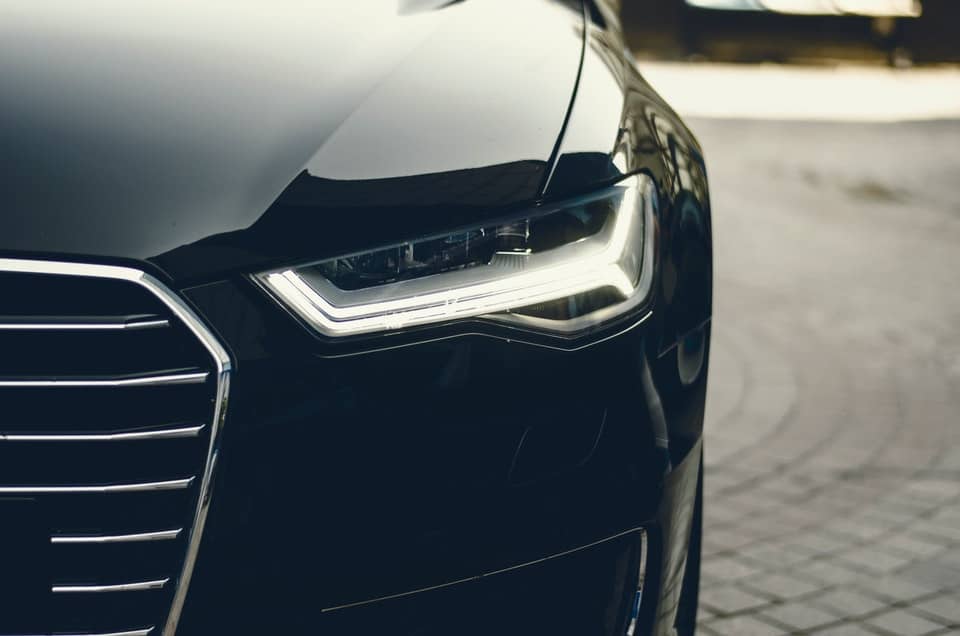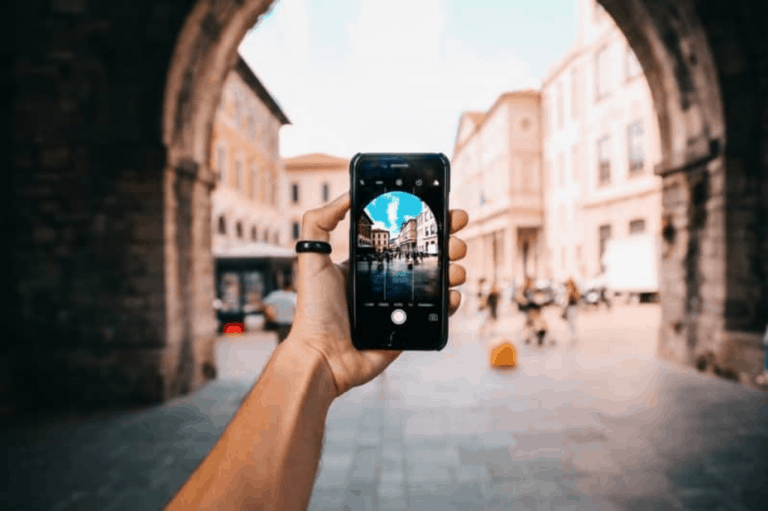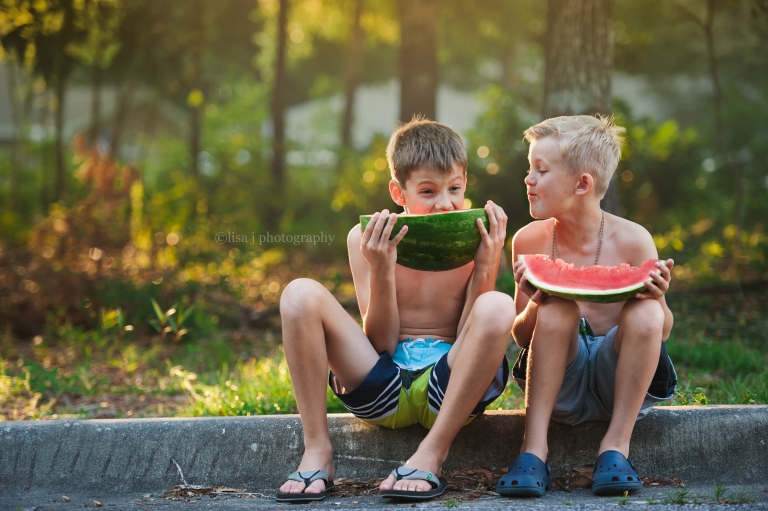Even though it may look like a simple task to photograph a car, there are many technical considerations to keep in mind. If you want to take the perfect picture of car, you will need to think about shutter speed, location, light, background, and much more. Keep reading for tips that will help you develop the expertise required to master car photography.
A Unique Branch of Photography: Professional Car Photography
Car photography is an essential but often overlooked branch of photography that focuses on capturing a car from its best angles to make it look as appealing as possible. Car photography is popular in advertising, trade magazines, and even home decoration.
Car manufacturers invest vast amounts of money in advertising every year, and car photography is a crucial component of these marketing strategies. Companies rely on professional car photographers to capture the design, features, and spirit of their cars in a single image.
Likewise, magazines provide space for car advertisements, and automobile magazines offer stories along with shots of the key aspects of cars. Magazines represent an excellent opportunity to make your images stand out from others. Instead of shooting exclusively new vehicles, you might find yourself taking a picture of remodeled or vintage cars.
You have even more freedom if you’re shooting several cars for decoration. But, in all cases, professional photographers take care to understand cars, what makes them unique, and how to get the best possible light to shoot the car.

Purpose and Aesthetics of Car Photography
In car photography, the focus depends upon the photo’s purpose. Advertisers may like to highlight different aspects of a car, so a photographer must make sure they get shots that cater to their needs. Some campaigns will focus on the car’s safety features or luxuries or even its modern design.
Photographers must also consider the audience of the photograph, as well as when and where it will appear. Different car photography techniques are needed if the shot is for an online marketing campaign or if it will be an ad on billboards or posters instead.
Above all, the focus of car photography is the car. Once the photographer knows which specific aspects of the vehicle to highlight, they can begin to compose their photo. Location, movement, lighting, depth of field, shutter speed, background, and processing are all essential.
Expert Skills Needed to Succeed at Car Photography
Car photography is different from other forms of photography in that it requires exceptional knowledge in all aspects of photography and also a familiarity with shooting cars. Photographers should possess vast technical expertise with their camera, depth of field, shutter speed, focal length, exposure, and editing methods.
Here’s a closer look at the knowledge a photographer should ensure to have when shooting cars.
1. Keeping the Car a Key Player in the Photo
The car is always the focal point in car photography. The difficulty of shooting one comes from bringing an inanimate object to life in a still image. While shooting, the automotive photographer has to ensure the entirety of the shot enhances the car’s look and function above that of a simple still object.
The location and background should not distract from the car, but set it up as the center of the image. If the photographer decides to include other objects in the photo, they should not pull attention away from the car. Every aspect of the shot must complement the car’s color, shape, and features.
2. The Ability to Capture Fast Moving Vehicles
Many car photography advertising campaigns request images of cars in motion. Shooting a moving object is tricky and requires plenty of experience, but adds excitement and action to images. They show the subject performing its primary purpose, highlighting how fast it is and its durability.
There are several techniques you can try to shoot motion, like driving shots and panning shots for blur. You can also increase your shutter speed or use tracking shots if you want to use a slower shutter speed. No matter which techniques you try while shooting, make sure to find one that best suits the purpose of the photograph and the abilities and design of the car.
A successful motion shot will demonstrate what the subject represents, whether that’s safety, luxury, or another quality.
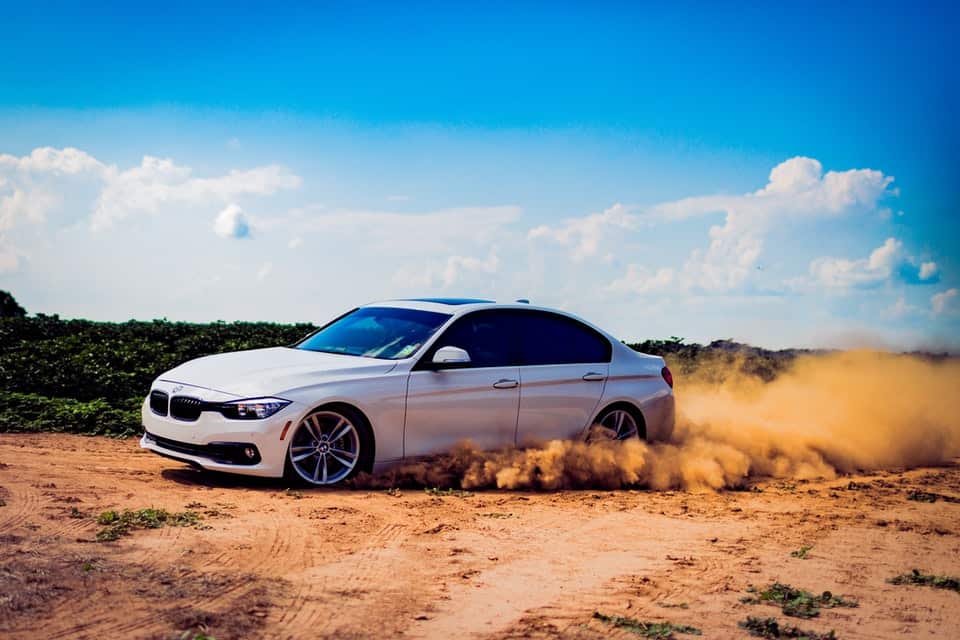
3. Be an Editing Expert
Editing takes longer in this type of photography than in other types of photography, which means you must have skill with a camera and also with the computer. Knowledge of post-production processes is crucial for maximizing the effectiveness of your car photos, as is spending a significant amount of time editing them.
You can take steps to reduce editing time during your shoot by ensuring you set up each photo how you want it and that every image conveys the central purpose of the shoot.
4. Scouting Out the Right Location
Location is critical in all photography, including automotive. Take your time to choose a background that can add interest, set the mood, and enhance the subject and its attributes without distracting from it.
If the makers of an SUV want to feature its durability and mastery of all-terrain, a rocky, mountainous location may be the best way you want to show them off. However, if they wanted to focus on its safety, a neighborhood setting may work better.
5. Showcasing the Brand
The brand’s logo should always appear in photographs as it lets the audience know where they should go to learn more about the vehicle. If there are any other unique brand features, it’s a good idea to capture those, too. The brand also clues the audience into the car’s pedigree and history.
6. Well-Rounded Know How About Cars and Photography
To take a perfect picture, photographers need to have expertise in photography and cars. Mastery of their equipment, shooting techniques, and editing is vital. They also need to understand the purpose of their shoot, and the special abilities and features they are photographing.
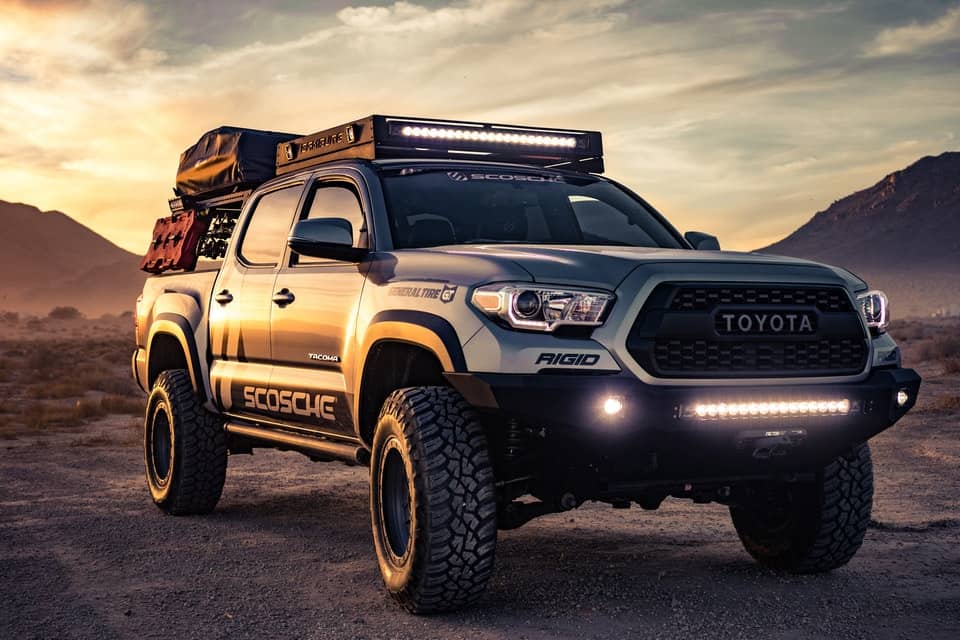
Essential Tips for Top-Notch Photos of Cars
Here’s some advice to help you take effective, clean, and purpose-driven photographs.
1. Shoot The Car After Sunrise or Just Before Sunset
The softer light of Golden Hour makes for the best time of day to shoot the car, especially when outdoors. The high sun can be too harsh for taking a picture of cars. It can cause strange reflections, affect the color, or even cause glares.
2. Consider the Car’s Paint Job
Color is one of the most fundamental considerations in automotive photography. Various colors and kinds of paint respond to light differently throughout the day. Generally, direct sunlight is too strong for most colors and paints, distorting their color and finish.
However, a softer color or matte finish is more adaptable in the high sun than a vibrant and glossy one because less reflection and glare occurs.
3. Carefully Select the Right Background
The background of your shot should enhance the look of the vehicle or highlight one or more of its features. It should also adhere to the theme and purpose of the shoot. You should make sure that the background does not include any distracting items, colors, or other cars that will detract from the focal point.

4. Adjust Your Shutter Speed for Motion Blur
Panning for motion blur adds excitement to your photography. To add movement to your photos while you’re shooting, you can adjust the shutter speed of your camera and stand by the side of the road while the subject drives by. With your shutter speed set to 125th of a second, follow the car in one even stroke with your lens for an action shot that captures the car’s speed.
5. Get in Touch with Nature
Another way to add interest to automotive photography is with nature. By allowing the subject to interact with its surroundings, you can showcase special features, performance, and utility. For example, shooting cars like a truck spraying dust or a jeep splashing through puddles highlights each vehicle’s off-road strengths and ability to master terrain.
6. Find Ways You Want to Show Off the Car
The location emphasizes the personality of the subject and underscores its features. A suitable location can help take it from a lifeless object to a living, moving car. One instance of this technique is photographing a sports car flying down a highway or wrapping around a curve to showcase its speed and sleek design.
7. Movement and Motion Results in Captivating Images
Driving photos capture cars while they are moving. As with static photos, the car must be the focal point of the image. The most common way to take a driving shot is with a panned motion blur, which keeps the car in focus while the background is blurred, creating an intriguing shot that displays the car’s movement.
You can obtain driving photos by standing on the side of the road while the car drives by or from the window of another moving car while someone else is driving. This last method is dangerous, so you should only attempt it if you are experienced and cautious.
8. Don’t Be Afraid of a Bird’s Eye View
Eye-level photos are the most common and familiar in automotive photography. Because of this, eye-level photos are not as attractive as images taken from different angles, and they are not the best angles for capturing a car. To find the most flattering perspective for the car you are shooting, try getting images from above and below, from the sides, and other various angles.
9. Find Your Car’s Personality Through the Lens
Each car has unique lines, an individual shape, and a distinctive design. When you take photos that capture these features, you are celebrating the personality of the car, a critical goal in this type of photography.
You can also have fun with the interior of the car to truly showcase its details. Whether it’s a funky steering wheel design, a high-tech dashboard, or a cozy lining, photos like these will make the character of the car shine.

10. Know When to Use Lighting
If you want to add interest or detail to your car photo with a reflection, take time to have it washed first. After, set the car at an angle from what you want to be reflected and get started shooting. Capturing reflections in the right lighting and position is challenging, so you may need to reposition the car and yourself a few times before you get it right.
Some of the most popular reflections are city skylines, sunsets, natural scenery, and lighting effects that look like neon lights.
Although reflections can deliver visual intrigue, they can also be distracting. They draw attention away from the car’s lines, a key component of automotive photography. Umbrellas and reflectors help manipulate lighting to avoid reflections. If you are catching your reflection in the car, you can try to time the image with the camera on a tripod.
A Technical Look at Car Photography
Here’s a closer look at the technical expertise required in this type of photography.
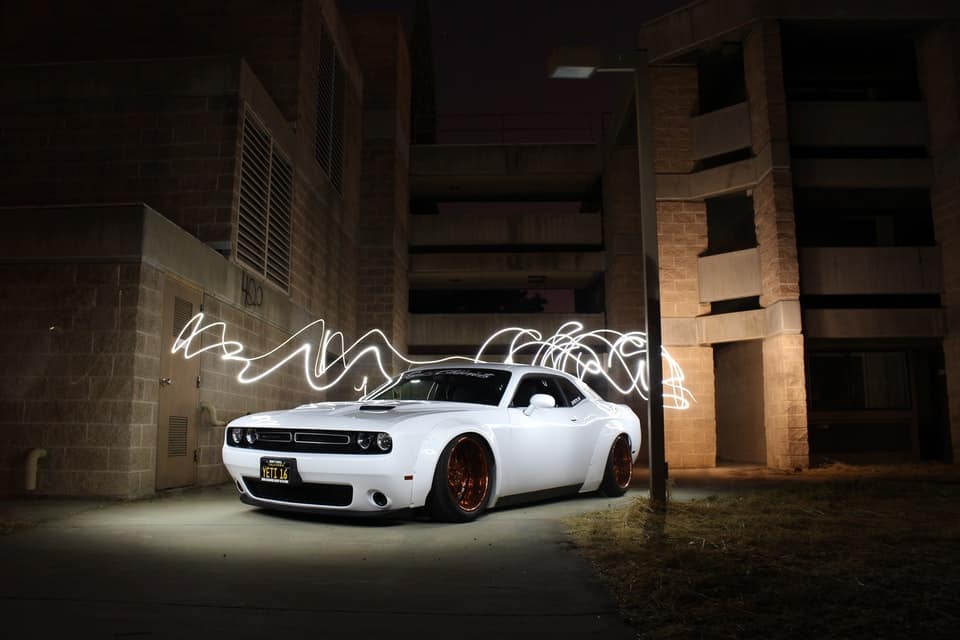
Choosing the Right Camera for Car Photos
If you are searching for a suitable camera, there are four crucial factors.
- Fast frames-per-second (FPS)
- Consistent focus
- High megapixel count
- High-quality sensor
Fast FPS allows you to capture a clear image of a car while it’s in motion. Consistent focus also enables you to get a sharp shot. Cameras with high megapixels pick up detail and allow companies to blow up images without blurring. A first-rate sensor will help with tricky lighting.
Choosing and Using Your Lens
Camera lenses can add dimension and detail to your photographs. A lens with a maximum f/stop of 2.8 is best. It is helpful to use a wide lens with f/2.8 when you shoot so that you can narrow the aperture as you like.
The most popular lenses are standard and wide-angle. A wide-angle lens gets excellent images without distortion, while a standard one takes an image closest to what the human eye sees.
A filter is another useful tool that protects the glass of your camera lenses when you shoot. In particular, polarising filters are perfect for outdoor photography for cars as they reduce glare from reflective surfaces.
